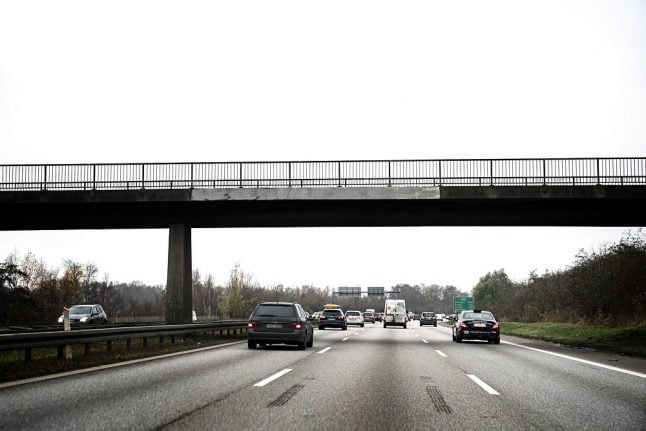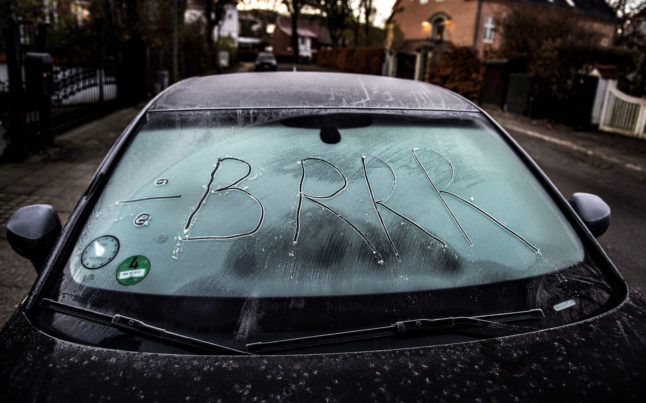The figure for the corresponding period in 2018 was 134 fatalities, meaning the country has a worse record for fatal accidents this year than last.
The government has announced a Road Safety Commission to improve road safety in Denmark in response to the concerning statistic, the Ministry of Transport and Housing has said in a press statement.
“It is tragic that the number of traffic fatalities is increasing and that 95 per cent of road accidents occur due to human behaviour,” transport minister Benny Engelbrecht said in the statement.
“This is simply a sign that we are not taking enough care of ourselves and each other on the roads,” the minister added.
Andreas Steenberg spokesperson for transport with the Social Liberal Party, has been named as chairperson of the cross-party commission. The Liberal party’s spokesperson for transport Kristian Pihl Lorentzen will be deputy chairperson.
The first meeting of the new road safety commission is scheduled for February 7th, 2020.
READ ALSO:



 Please whitelist us to continue reading.
Please whitelist us to continue reading.
Member comments